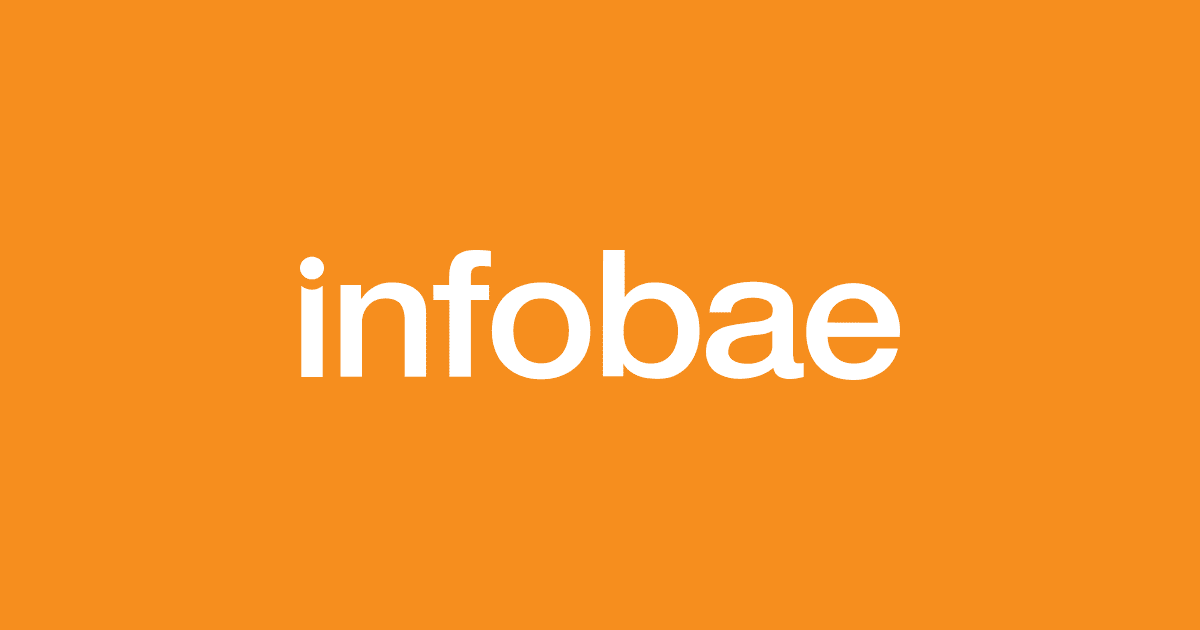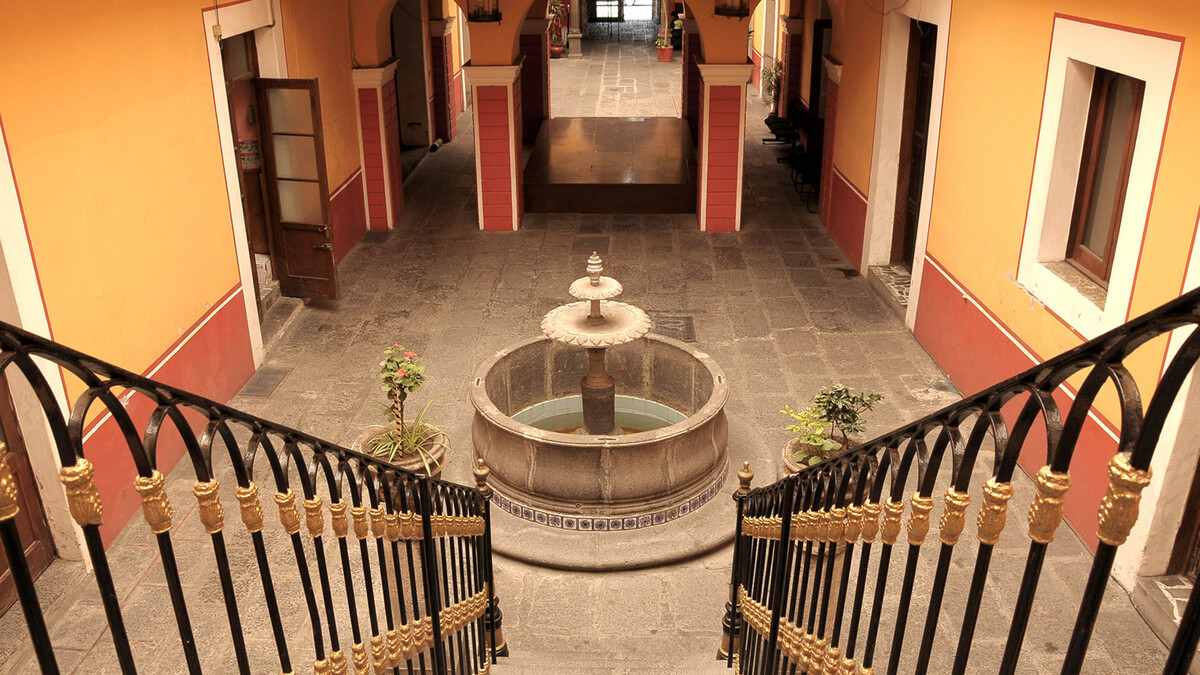We saw last week that 300 is an “abundant” number, and that, from the list of abundant numbers in the top 100, it would seem that they are all even; but it is not like that: there are infinite odd abundant numbers, although if we look for them by going through the list of natural ones one by one it will take a long time to find the first and smallest of them, which is 945. To check the infinity of the abundant numbers, both Even and odd, it is enough to see that all multiples of an abundant number are, in turn, abundant (why?).
In addition to abundant, the number 300 is the sum of ten consecutive primes:
300 = 13 + 17 + 19 + 23 + 29 + 31 + 37 + 41 + 43 + 47
It is also a polygonal number: specifically, 300 is the 24th triangular number.
Irregular tessellations
We talked last week about regular and semi-regular tessellations, and since in the second case we can combine all the regular polygons we want, of any size and in any proportion, it would seem that the possibilities are many, if not unlimited; but this is not the case if the pattern is regular, that is, the same in each vertex of the configuration. In fact, there are only 8 semi-regular tessellations, which are identified with this notation:
3.3.3.3.6, 3.3.3.4.4, 3.3.4.3.4, 3.4.6.4, 3.6.3.6, 3.12.12, 4.6.12, 4.8.8
What do these numbers mean?
But the many geometric mosaics that we find in all ages and in all cultures do not adhere to regular polygons. Let’s see some of those formed by a single type of tiles, all the same.
The most abundant tiles, along with the square ones, are the rectangular ones, which we see in all kinds of tiles and brick constructions. And it is evident that any parallelogram can also tessellate the plane, since we only have to extend the sides of a seminal parallelogram and draw the appropriate ones parallel to them, equidistant from each other, to form a homogeneous mesh.
And since with every triangle a parallelogram can be formed by attaching another equal triangle to it, any triangle can tessellate the plane.
Less obvious is that with any quadrilateral, convex or concave, the plane can also be tessellated. How is it demonstrated?
With some irregular hexagons the plane can be tessellated, but not with all. With which ones is it possible?
The Islamic prohibition to reproduce human figures or other animals favored the development of a wide iconography based on geometric figures and repetitive patterns, as can be seen in great historical monuments such as the Alhambra (whose mosaics and ornamental motifs were studied in depth by the Dutch engraver MC Escher). In Arab mosaics we find common figures in other cultures, such as stars (5, 8 or 12 points, among others) or rhombuses, and other very characteristic ones, such as a peculiar pentagon with five equal sides, with two right angles, two of 108º and one of 144º, which gives rise to the so-called Cairo mosaic, as it is frequently seen on the streets of the Egyptian capital. It is usually rounded, and I have done so, the value of the angles of 108º and 144º, can you find their exact value?
The one with the Cairo mosaic is one of the 15 irregular pentagons with which the plane can be tessellated. It has not been shown (that I know of) that there are none more, so I invite my astute readers to find a 16th type of tessellation pentagon, or to prove that it does not exist.
As for the title of this installment, can we take it literally? Is the number of possible mosaics really infinite?
Carlo Frabetti is a writer and mathematician, member of the New York Academy of Sciences. He has published more than 50 popular science works for adults, children and young people, including ‘Damn physics’, ‘Damn maths’ or ‘The great game’. He was a screenwriter for ‘La bola de cristal’.
You can follow SUBJECT in Facebook, Twitter, Instagram or subscribe here to our Newsletter

/cloudfront-eu-central-1.images.arcpublishing.com/prisa/IGE2GC7JTJEFLAJ5OSURF6IGHQ.jpg)


:quality(85)/cloudfront-us-east-1.images.arcpublishing.com/infobae/JVEG643FOJGGJFSNY3RS7DZM4I.jpg)
